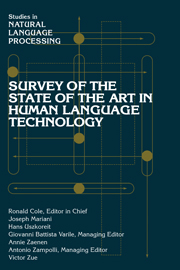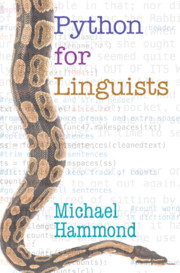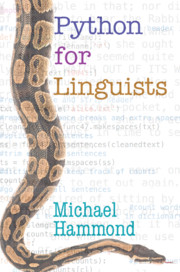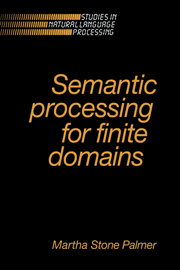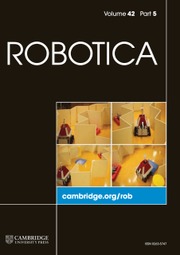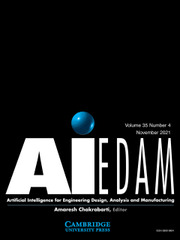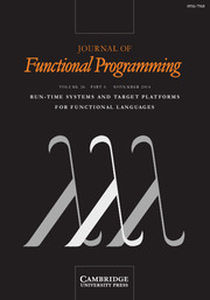A Computational Theory of Writing Systems
This book develops a formal computational theory of writing systems. It offers specific proposals about the linguistic objects that are represented by orthographic elements; what levels of linguistic representation are involved and how they may differ across writing systems; and what formal constraints hold of the mapping relation between linguistic and orthographic elements. Based on the insights gained, Sproat then proposes a taxonomy of writing systems. The treatment of theoretical linguistic issues and their computational implementation is complemented with discussion of empirical psycholinguistic work on reading and its relevance for the computational model developed here. Throughout, the model is illustrated with a number of detailed case studies of writing systems around the world. This book will be of interest to students and researchers in a variety of fields, including theoretical and computational linguistics, the psycholinguistics of reading and writing, and speech technology.
- This book is on writing systems that emphasizes the connection to speech and language technology (text-to-speech synthesis)
- Additional interdisciplinary connection, equally unique, to psycholinguistics/cognitive science
- Author well known in computational linguistics
Product details
December 2006Paperback
9780521034227
256 pages
229 × 152 × 15 mm
0.38kg
26 b/w illus. 11 tables
Available
Table of Contents
- List of figures
- List of tables
- Preface
- 1. Reading devices
- 2. Regularity
- 3. ORL depth and consistency
- 4. Linguistic elements
- 5. Psycholinguistic evidence
- 6. Further Issues
- Bibliography
- Index.


